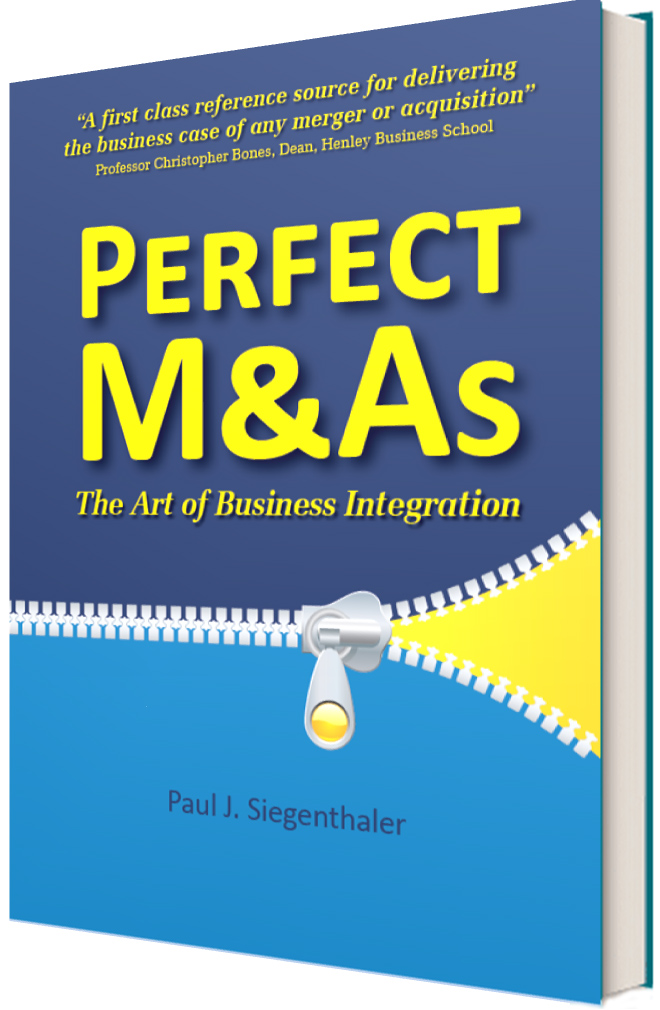There is evidence to show that companies that carry out regular acquisitions and make this one of their core competencies tend to perform better than their peers. This is good news, because it means that not all is random when it comes to the art of integrating companies: there are some lessons that can be learnt and applied.
Having led business integrations in a number of international companies, I have realised that the same mistakes and misconceptions repeatedly undermine the successful realisation of a merger or acquisition’s aim. This is because too few people know what to expect, and therefore cannot anticipate the hurdles they will need to overcome : what resources will they need, how will they organise their teams, how can they improve their degree of prepration, how will they ring-fence the on-going commercial performance of the company while the business units integrate, how will they maintain energy and momentum in the organisation during such an unsettling journey, how will they retain talent ?
Integrating companies is not rocket science, and yet too many companies fail to make this a successful journey, which is why I wanted to share my experience and highlight some of the factors which I believe were key in systematically delivering the business case of the business integrations I have led. I am very passionate about this, because this is something we owe our shareholders and our employees alike, and which we also owe ourselves.
